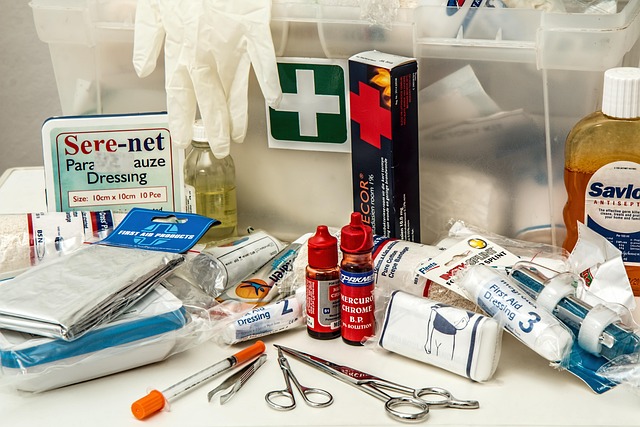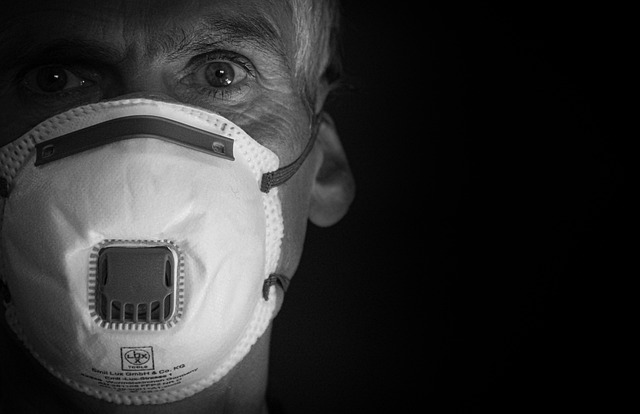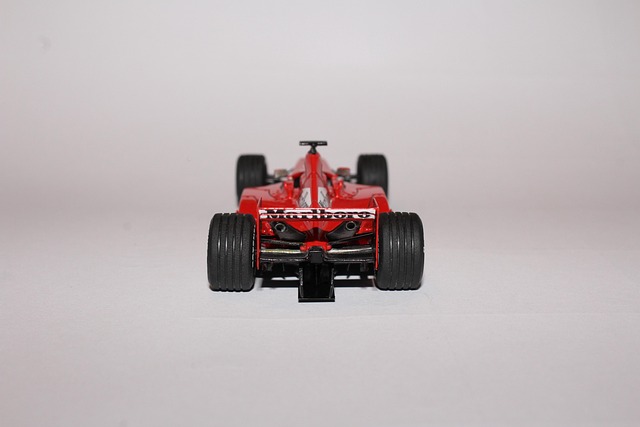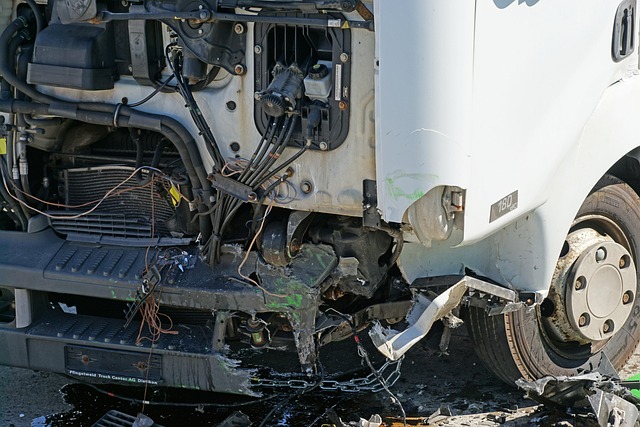Chiropractic Recovery for Rear-End Collision Victims: Understanding soft tissue damage is crucial for effective chiropractic care in minor car accidents. Chiropractors use manual adjustments, exercises, and therapies to treat muscle strains, ligament sprains, and nerve irritations, alleviating pain, improving mobility, and speeding up recovery. A holistic approach combining physical therapy and chiropractic adjustments prevents long-term issues, enabling victims to return to daily activities with enhanced comfort and functionality. Preventive measures like good posture, exercise, and ergonomic practices further minimize the risk of future soft tissue injuries.
In the aftermath of a rear-end collision, understanding soft tissue damage is crucial for rear-end collision victims’ chiropractic recovery. This article guides you through the process, focusing on the role of chiropractic care in healing and recovery, as well as strategies for efficient rehabilitation and preventing future injuries. Discover how a comprehensive approach with chiropractic recovery can help you navigate the road to healing after a rear-end collision.
- Understanding Soft Tissue Damage After a Rear-End Collision
- The Role of Chiropractic Care in Healing and Recovery
- Strategies for Efficient Rehabilitation and Preventing Future Injuries
Understanding Soft Tissue Damage After a Rear-End Collision

After a rear-end collision, understanding soft tissue damage is crucial for chiropractic recovery among rear-end collision victims. While many assume minor fender benders cause only superficial damage, these accidents can result in significant harm to muscles, ligaments, and tendons due to sudden deceleration forces. Symptoms may include pain, stiffness, and limited mobility, often manifesting days or even weeks after the incident.
Chiropractic care plays a vital role in managing and alleviating such injuries. Chiropractors employ various techniques, including manual adjustments, therapeutic exercises, and soft tissue therapies, to address the underlying causes of discomfort. The goal is not only to relieve symptoms but also to restore proper joint function and promote the body’s natural healing process for optimal chiropractic recovery.
The Role of Chiropractic Care in Healing and Recovery
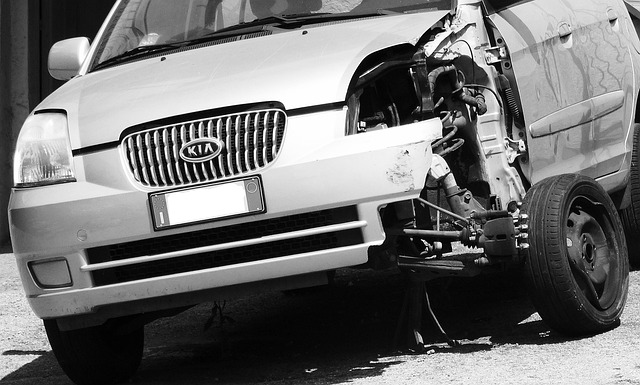
Chiropractic care plays a crucial role in the healing and recovery process for individuals who have experienced a rear-end collision. The impact from such accidents can cause soft tissue damage, including muscle strains, ligament sprains, and nerve irritations. Chiropractic professionals are experts in diagnosing and treating these types of injuries without the need for invasive procedures or medications.
Through manual adjustments and targeted therapies, chiropractors help alleviate pain, improve mobility, and accelerate the body’s natural healing mechanisms. This non-surgical approach is particularly beneficial for rear-end collision victims as it promotes overall well-being and prevents long-term complications. By focusing on the musculoskeletal system, chiropractic care facilitates a more comprehensive recovery, ensuring individuals can return to their normal activities with reduced discomfort and increased functionality.
Strategies for Efficient Rehabilitation and Preventing Future Injuries

After a rear-end collision, efficient rehabilitation is crucial for chiropractic recovery among victims. A comprehensive approach involving various strategies can significantly aid in restoring mobility, reducing pain, and preventing future injuries. Physical therapy plays a vital role, focusing on exercises that strengthen muscles around the affected area to improve stability and range of motion. This may include targeted stretching routines, resistance training, and balance exercises. Additionally, chiropractic adjustments can help realign the spine, alleviate pressure on nerves, and promote natural healing processes.
Preventive measures are equally important. Maintaining good posture during daily activities can reduce stress on the spine and surrounding soft tissues. Regular, low-impact exercise, such as walking or swimming, enhances overall body strength and flexibility while minimizing impact-related risks. Employing proper lifting techniques and adopting ergonomic practices at work and home further mitigates the risk of future soft tissue injuries.
After a rear-end collision, understanding soft tissue damage is key to a successful recovery. Chiropractic care plays a vital role in healing and rehabilitation by addressing musculoskeletal issues often associated with such accidents. By combining manual adjustments, targeted exercises, and patient education, chiropractic recovery for rear-end collision victims can significantly enhance their journey towards full health and prevent future injuries. Efficient rehabilitation strategies, including prompt treatment, consistent therapy, and adherence to care plans, are essential to ensuring optimal outcomes and restoring mobility after a crash.





